Maintaining a lush, green lawn isn’t just about mowing it regularly or giving it the occasional drink of water. There’s a whole world of lawn care that goes on beneath the surface—and dethatching is one of those secret ingredients many homeowners overlook.
If you’ve ever felt like your lawn just isn’t bouncing back after watering or fertilizing, or noticed thin or patchy areas despite your best efforts, the issue might not be on top of the grass—it could be underneath. That’s where dethatching comes into play.
Dethatching is the process of removing the dense layer of organic debris that sits between the grass and the soil. This layer, called thatch, is made up of dead grass stems, roots, and clippings that haven’t broken down completely.
While a little thatch (about half an inch) can actually be beneficial—acting like mulch by insulating roots and conserving moisture—too much can suffocate your lawn, trap moisture in the wrong places, and create a breeding ground for pests and disease.
The thing is, dethatching isn’t something you want to jump into blindly. Do it at the wrong time or in the wrong way, and you might actually do more harm than good. That’s why understanding when, why, and how to dethatch your lawn is so important.
This guide will walk you through everything you need to know before dethatching your lawn—what signs to look for, which tools are best, and how to follow up for healthy regrowth.
Whether you’re tackling the task yourself or thinking of hiring a pro, these 10 practical tips will help you make smart decisions. You’ll also learn when not to dethatch (spoiler: it’s not a year-round chore) and how dethatching fits into the bigger picture of total lawn care.
By the end of this article, you’ll have a clear picture of what dethatching does, when it’s needed, and how it can transform your tired lawn into a healthier, more vibrant version of itself. Let’s dig in—literally!
1. If you think your lawn might need dethatching, look for these telltale signs of distress.
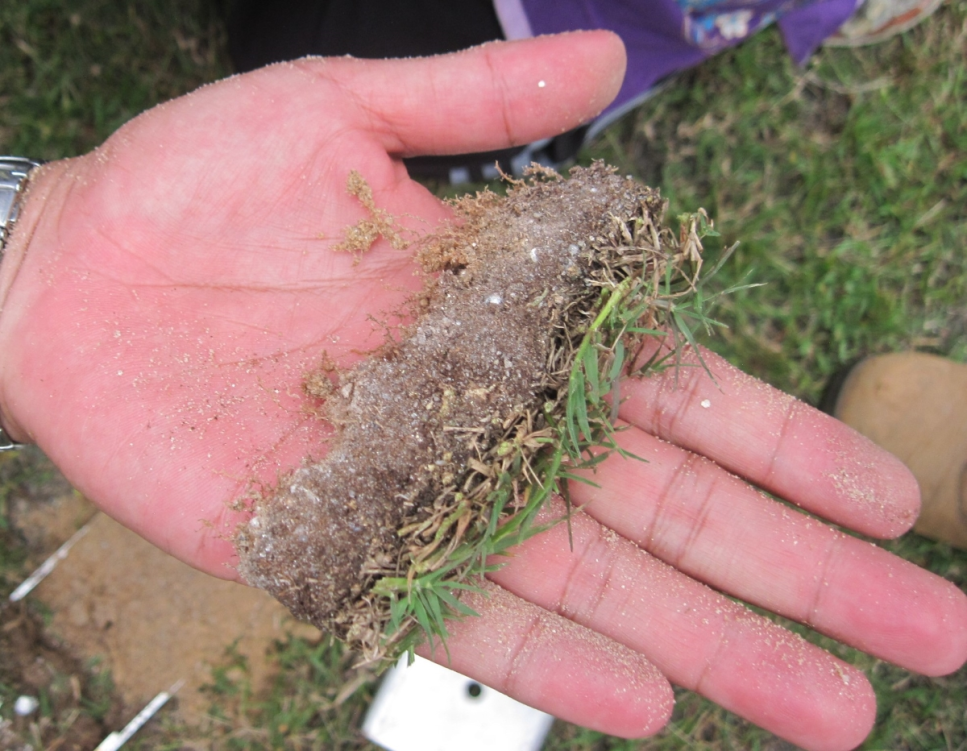
A healthy lawn feels soft and springy underfoot, but it shouldn’t feel sponge-like. That spongey feel is often the result of too much thatch. Here’s what to look for:
- Your lawn feels bouncy or spongy when you walk on it.
- Grass looks dull, weak, or yellow despite watering and fertilizing.
- Water runs off instead of soaking in.
- You can’t easily poke a screwdriver into the soil.
- When you dig a 3-inch section, you see a thick layer (½ inch or more) of brown, fibrous material between the grass and soil.
If these signs sound familiar, dethatching is probably a smart next step.
2. Dethatching a lawn only needs to be done every two to three years.
Many homeowners assume lawn care is a yearly checklist: mow, fertilize, dethatch. But dethatching isn’t like fertilizing—it’s not an annual chore. Doing it too often can actually weaken your lawn. A healthy lawn with good microbial activity may never need to be dethatched.
Generally, dethatch:
- Every 2 to 3 years for most lawns.
- Annually only if you notice rapid thatch buildup (common with certain fast-growing grasses like Bermuda or Kentucky bluegrass).
It’s about condition, not a calendar.
3. Determine which dethatching tools will work best on your property.
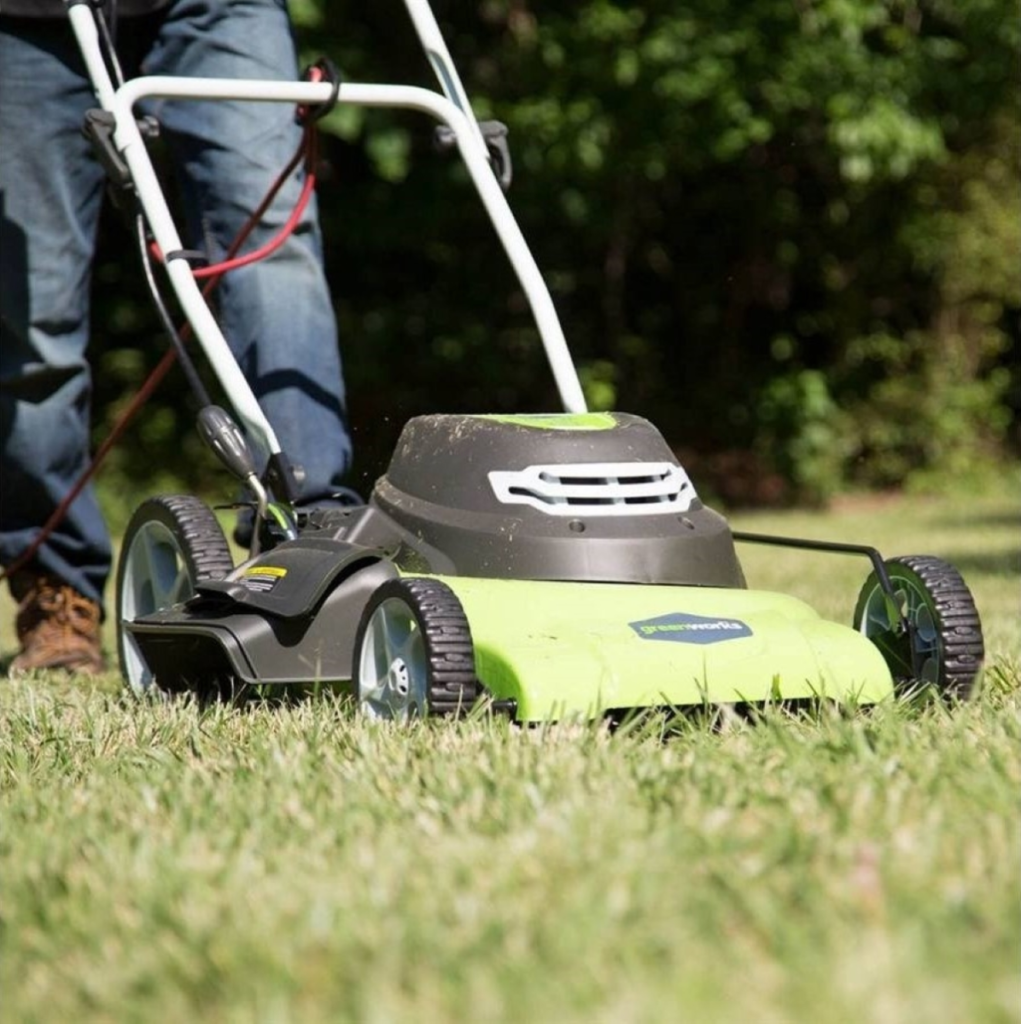
There are three main types of dethatching tools, and choosing the right one depends on your lawn size, grass type, and thatch thickness:
- Manual dethatching rake – Best for small areas and light thatch. These rakes have sharp tines that pull up thatch as you comb the lawn.
- Power dethatcher (electric or gas) – Great for medium-to-large lawns with thick thatch. These machines use rotating blades to slice through the thatch layer.
- Tow-behind dethatcher – Ideal for very large properties or lawns maintained with a riding mower.
Choose based on your needs—and don’t underestimate how much physical effort even the smallest lawn can take.
4. There’s a difference between a lawn dethatcher vs. aerator, and a right time to use each.
Many people confuse dethatching with aerating, but they do very different things.
- Dethatching clears out the mat of thatch on top of the soil.
- Aerating punches small holes into compacted soil to improve root access to air, water, and nutrients.
You can dethatch and aerate in the same season—but not on the same day. If you’re doing both, dethatch first, wait a couple of weeks, then aerate.
5. Only dethatch a lawn when it’s healthy.

Dethatching is rough on your lawn, and stressed grass may not recover. Here’s when to avoid dethatching:
- During drought or high heat.
- When the grass is dormant.
- If your lawn has just been treated for pests or disease.
Instead, dethatch:
- Cool-season grasses: Early spring or early fall.
- Warm-season grasses: Late spring to early summer.
This ensures your lawn is actively growing and can quickly bounce back.
6. Your lawn will grow stronger without a thatch barrier.
Once that dense layer of thatch is removed, your grass can finally stretch its roots deep into the soil. This makes your lawn:
- More drought-resistant.
- Better at absorbing fertilizer.
- Less prone to mold and fungal disease.
- Easier to mow (no more snagging on soft patches).
Many people notice a significant improvement in lawn color, thickness, and texture just a few weeks after dethatching.
7. Learning how to dethatch your lawn is easy, but actually doing it is hard work.
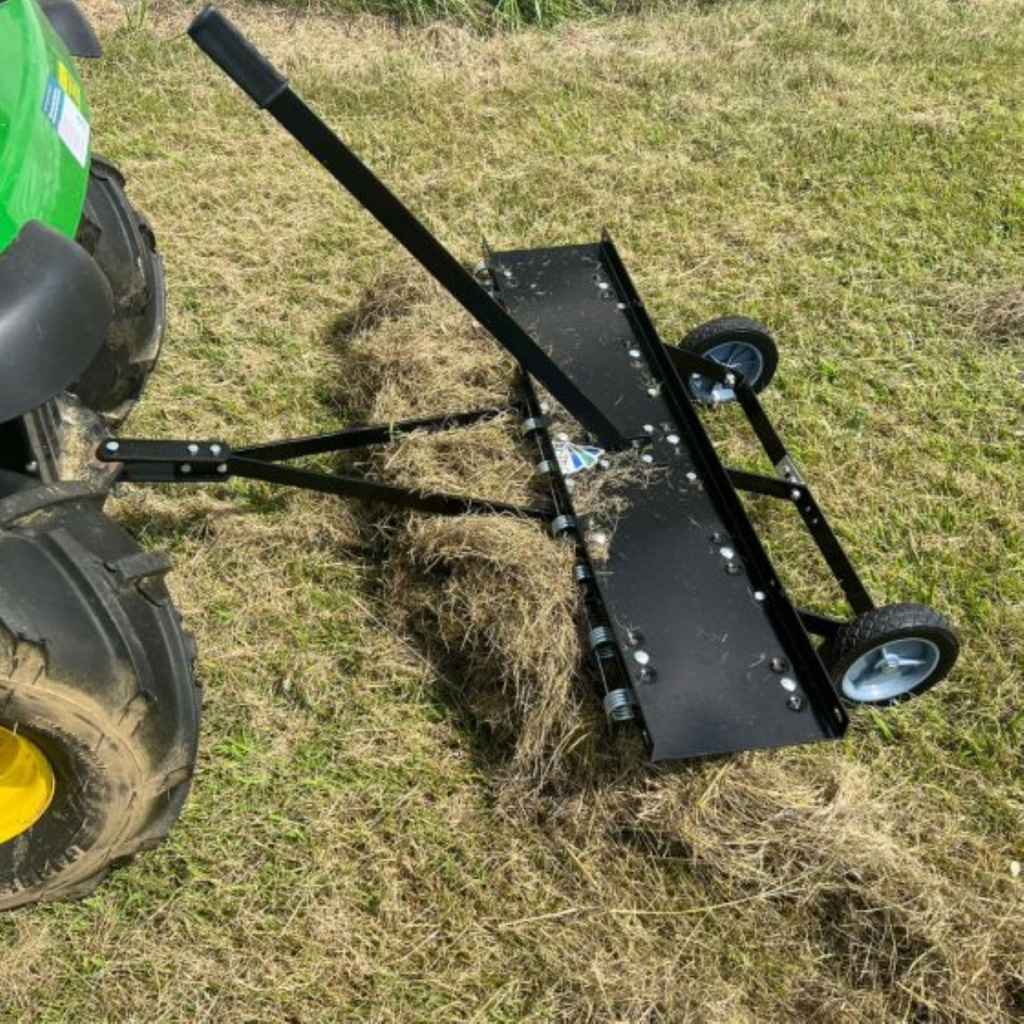
Don’t be fooled—dethatching might sound simple, but it’s one of the most labor-intensive tasks in lawn care.
If you’re using a manual rake, prepare for a full-body workout. Even with a power dethatcher, you’ll need to:
- Make several passes over your lawn.
- Collect the massive amount of dead material that gets pulled up.
- Possibly reseed bare spots and water frequently afterward.
It’s a full-day job, sometimes more, depending on lawn size and condition.
8. If your lawn is in poor condition, consider hiring a professional dethatching service.
For large lawns, lawns with years of neglect, or if you’re physically unable to do it yourself, professional services can be a great option. Pros bring industrial-grade equipment that gets the job done quickly and evenly. They’ll also know how to avoid over-dethatching or damaging sensitive grass varieties.
While it might cost more upfront, the results—and saved effort—can be well worth it.
9. Dethatching a lawn with grubs: Should you do it?
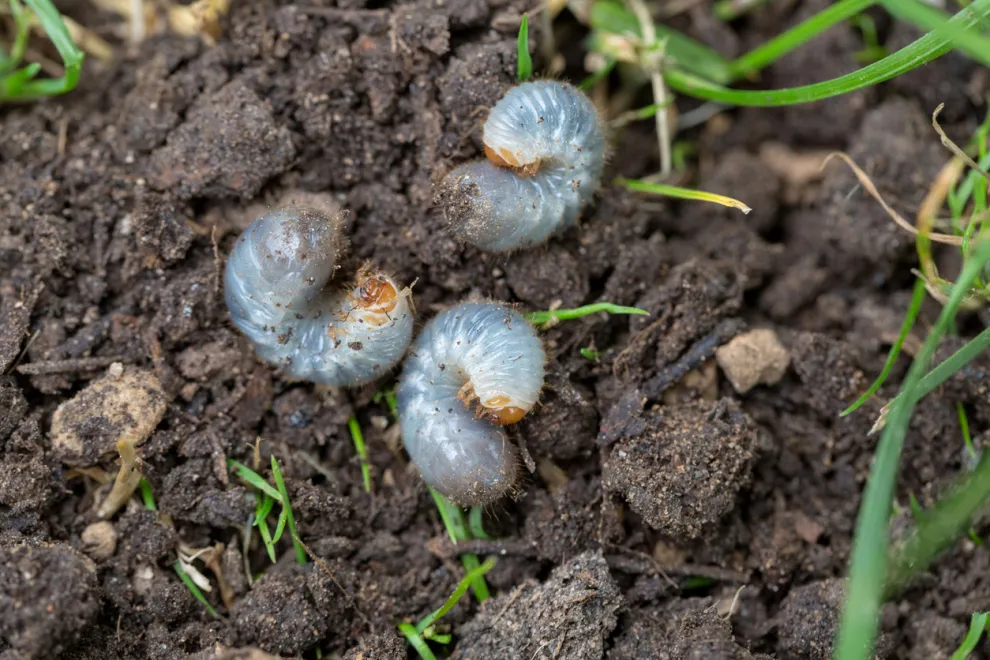
If your lawn has a known grub problem (yellow patches, easy-to-pull turf), do not dethatch right away. Dethatching can actually spread the infestation or expose more of your lawn to grub damage.
Instead:
- Treat for grubs first using a targeted insecticide.
- Wait 2–4 weeks for it to take effect.
- Then dethatch once the lawn begins to recover.
Dethatching too soon can worsen damage and stress the lawn further.
10. After thatching grass, aerating and fertilizing will help keep it in optimal condition.
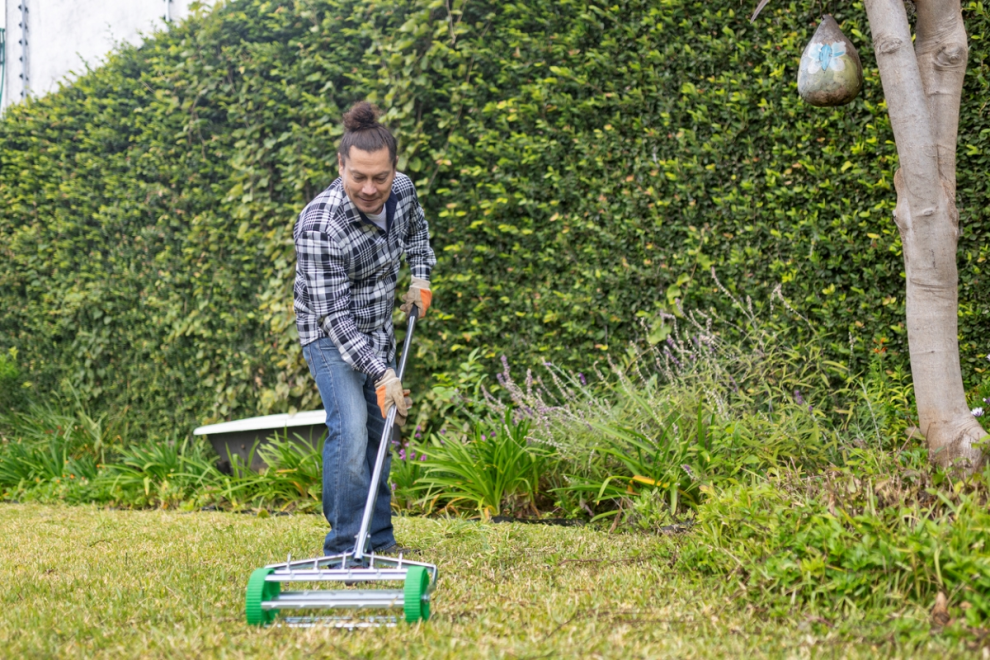
Dethatching is just one step in the lawn care cycle. After you finish, consider these follow-ups to maximize results:
- Aerate: Helps loosen compacted soil, especially after the disturbance of dethatching.
- Fertilize: A balanced fertilizer with nitrogen will boost recovery and growth.
- Reseed bare spots: Dethatching may expose thin or damaged areas. Overseed for thicker coverage.
- Water deeply: Keep the soil moist, but not soggy, for the next couple of weeks.
Done right, these steps will transform a tired lawn into a rejuvenated carpet of green.
When should you not dethatch a lawn?
Avoid dethatching if:
- The thatch layer is less than ½ inch—you might do more harm than good.
- You’ve recently fertilized, applied weed control, or treated for pests.
- The weather is extremely hot, dry, or cold.
- Your grass is newly seeded or recently sodded—it needs time to establish roots.
Patience is key. Wait until your lawn is thriving before giving it the extra push that dethatching brings.
Final Thoughts (500 words)
A lot of homeowners see dethatching as a chore they can keep pushing off, but the truth is—doing it at the right time can dramatically improve the health and beauty of your lawn. Think of thatch as a silent enemy: you don’t really notice it until your lawn starts struggling, and by then it’s often already thick enough to cause serious problems.
But dethatching isn’t just about removing debris—it’s about unlocking your lawn’s full potential. Grass needs room to breathe. It needs a clear path for water to reach the roots. It needs space for fertilizer to get absorbed instead of just sitting on top. If your grass is trying to grow through a thick, matted barrier, it’s never going to thrive—no matter how often you water or mow.
That said, dethatching is not something you should do impulsively. It requires planning, timing, and effort. You’ve got to check for the signs, assess your lawn’s condition, and choose the right approach based on grass type and climate. You also have to commit to the recovery process afterward.
Dethatching is stressful on grass, and how you treat your lawn in the weeks following is just as important as the dethatching itself.
And let’s be honest—dethatching is no walk in the park. It’s sweaty, dirty, and often exhausting. If you have a large property or physical limitations, it’s completely valid to hire help. Lawn care isn’t a test of endurance—it’s about smart, effective practices that give you lasting results. There’s no shame in calling in a pro to get that perfect finish.
The bottom line is this: a lawn without excessive thatch is a lawn with room to grow. It can breathe better, drink better, and look better. So if you’ve been wondering why your grass just won’t bounce back no matter what you do, check what’s going on underneath. The solution might be right under your feet.
With the right knowledge and tools, dethatching can be the turning point between a patchy, tired lawn and one that’s lush, resilient, and thriving. And now that you know exactly what to expect, you’re ready to give your grass the fresh start it deserves.




